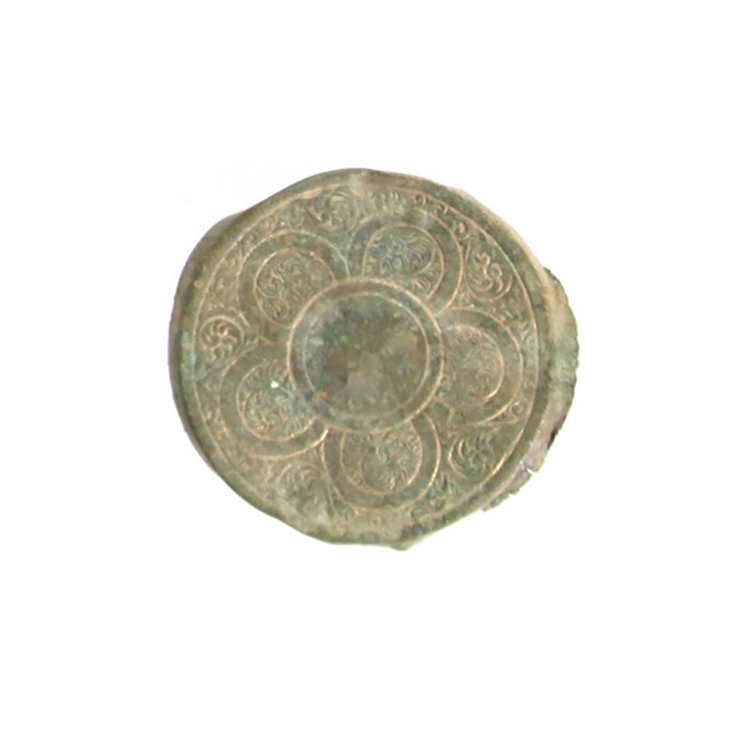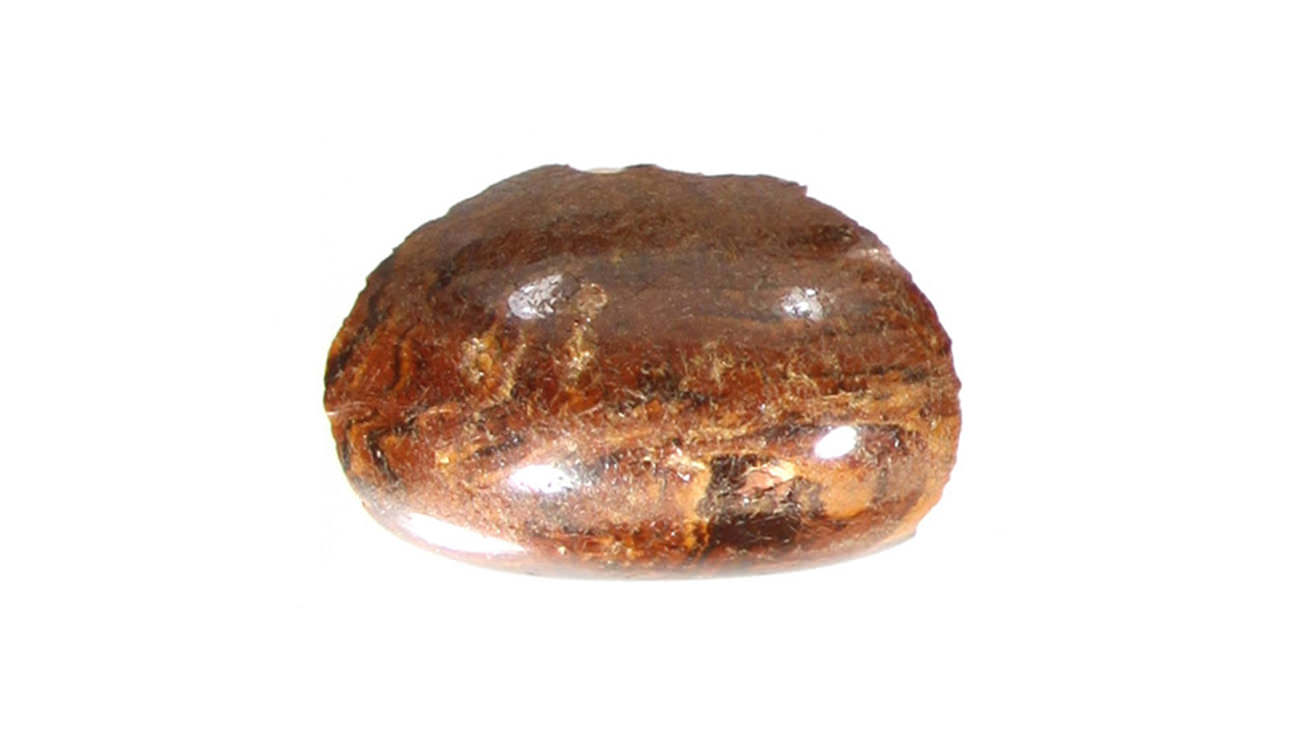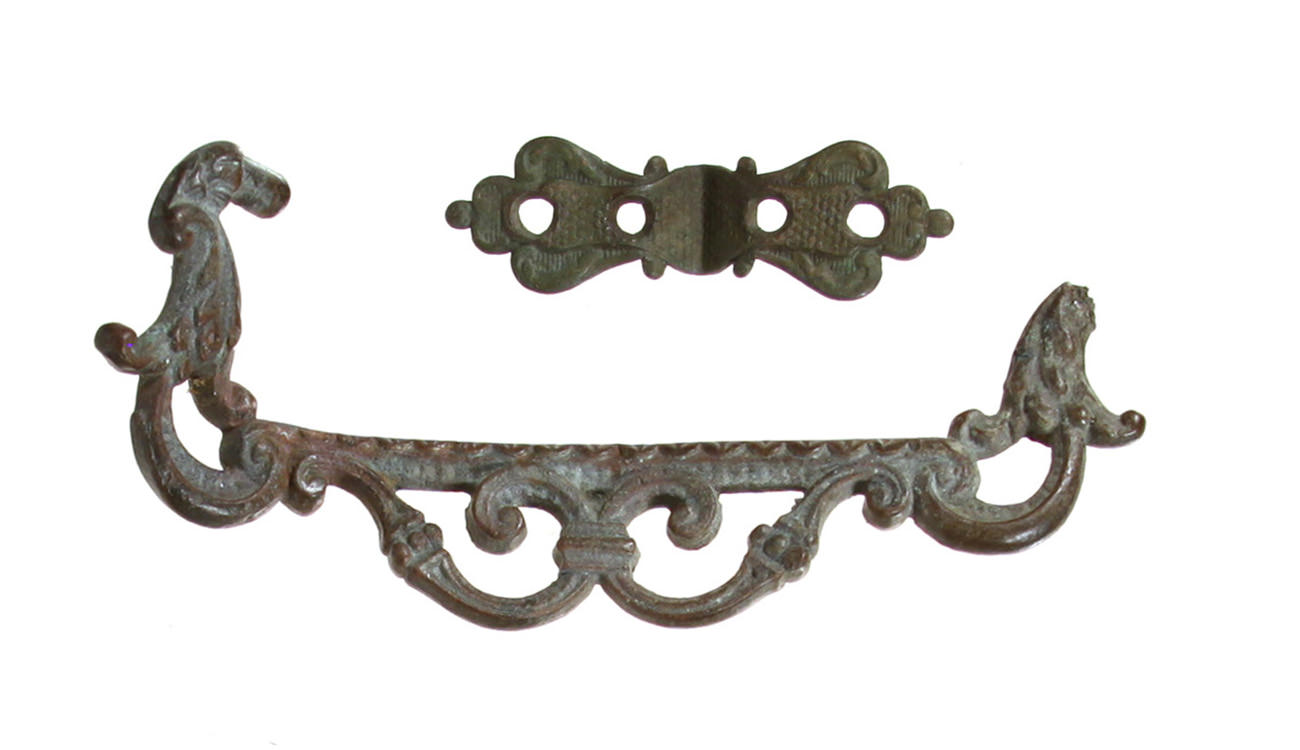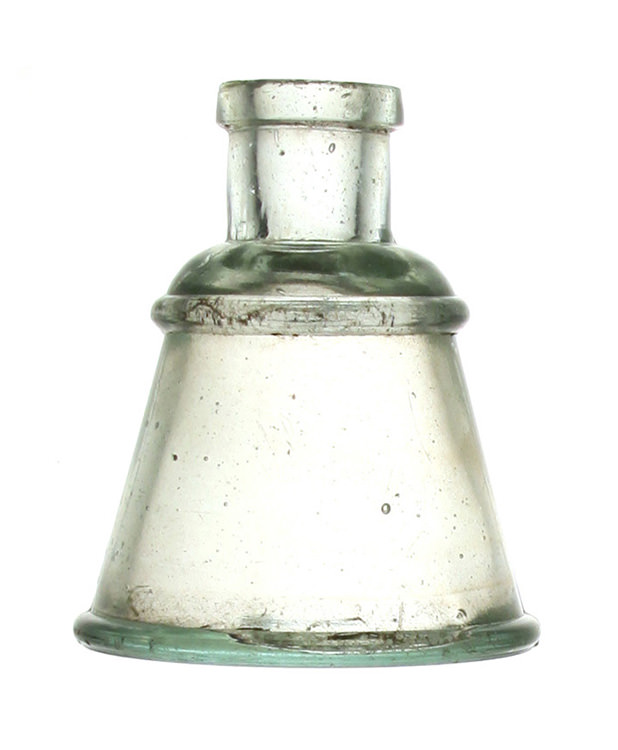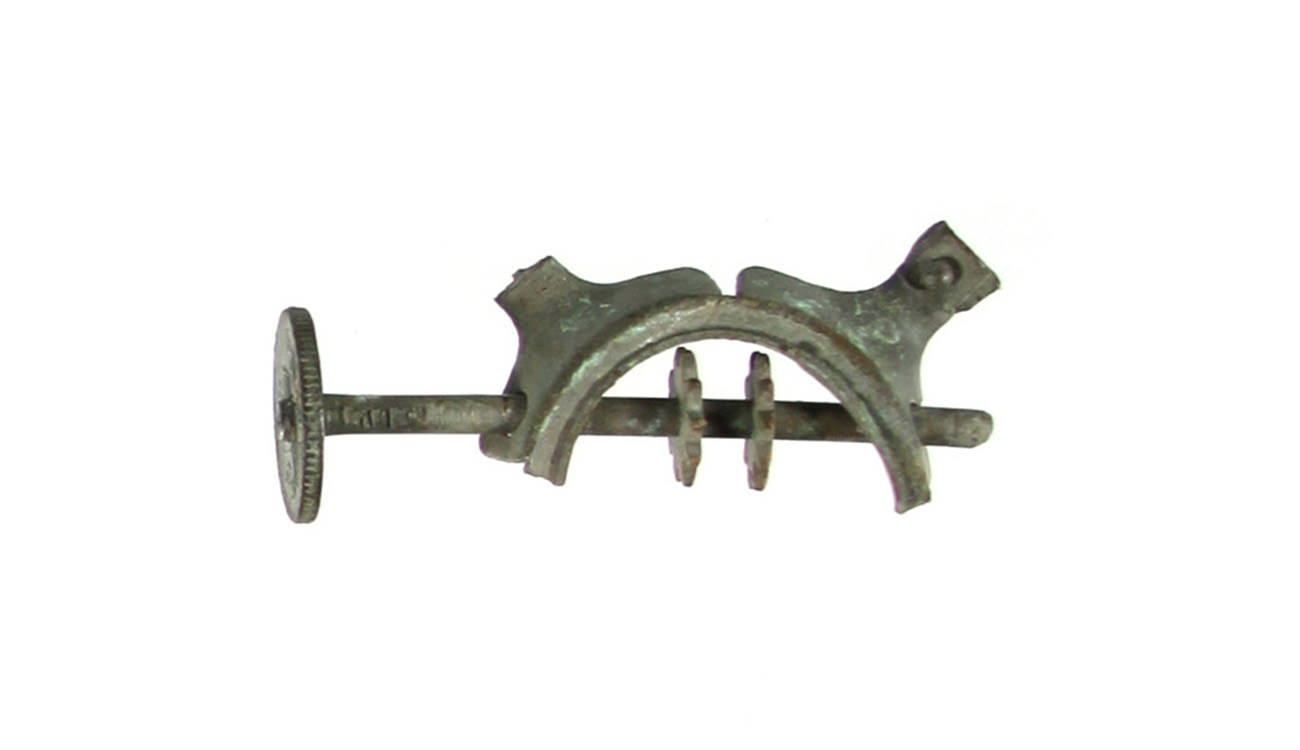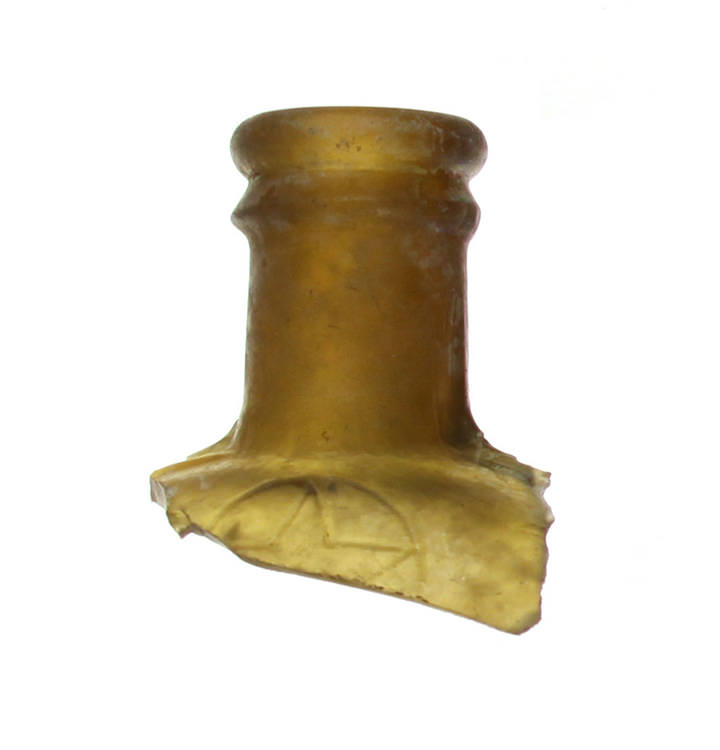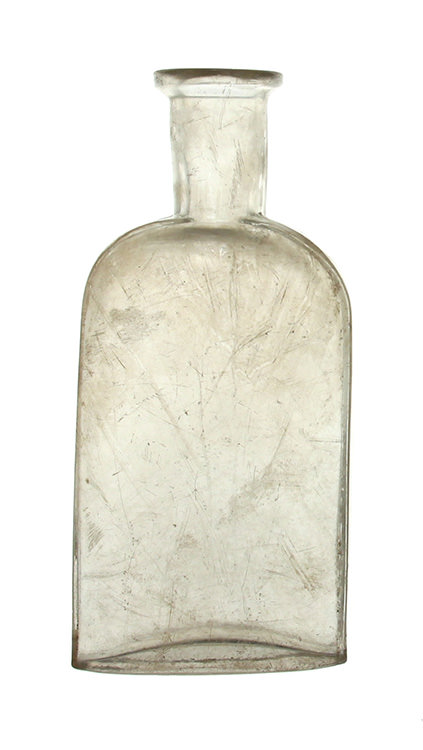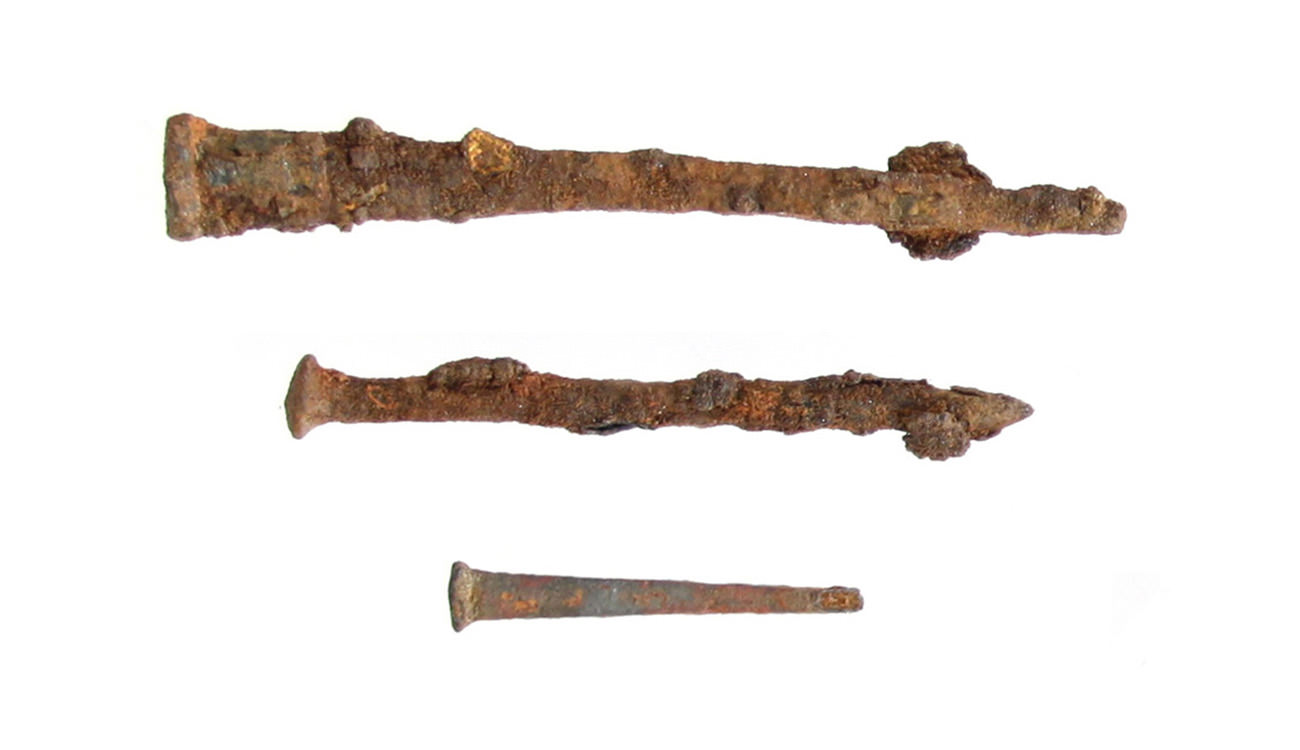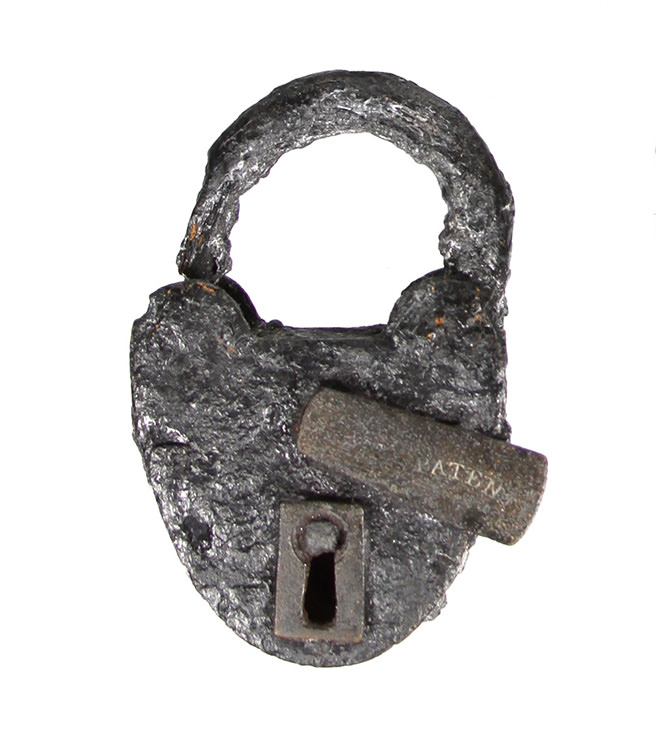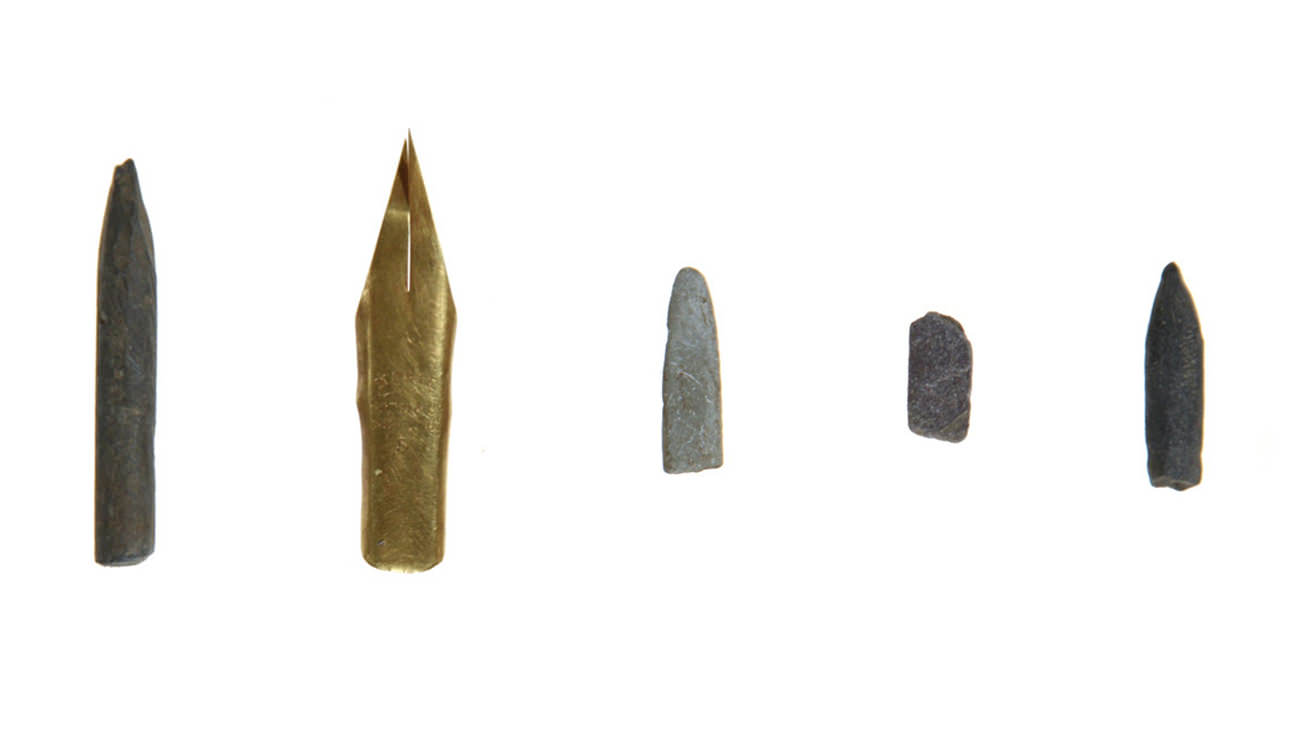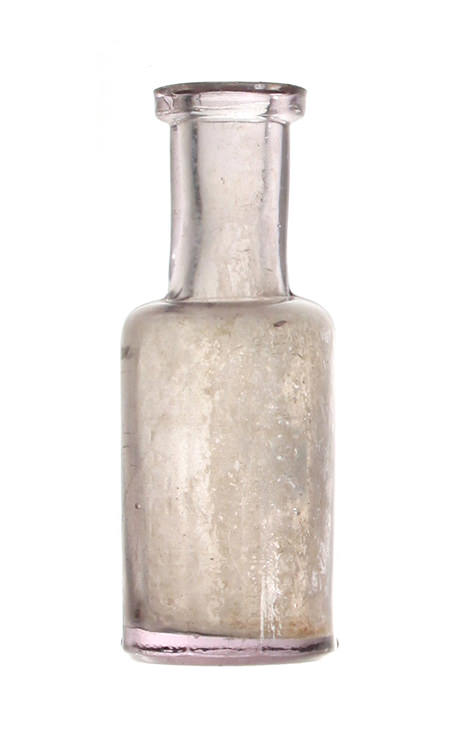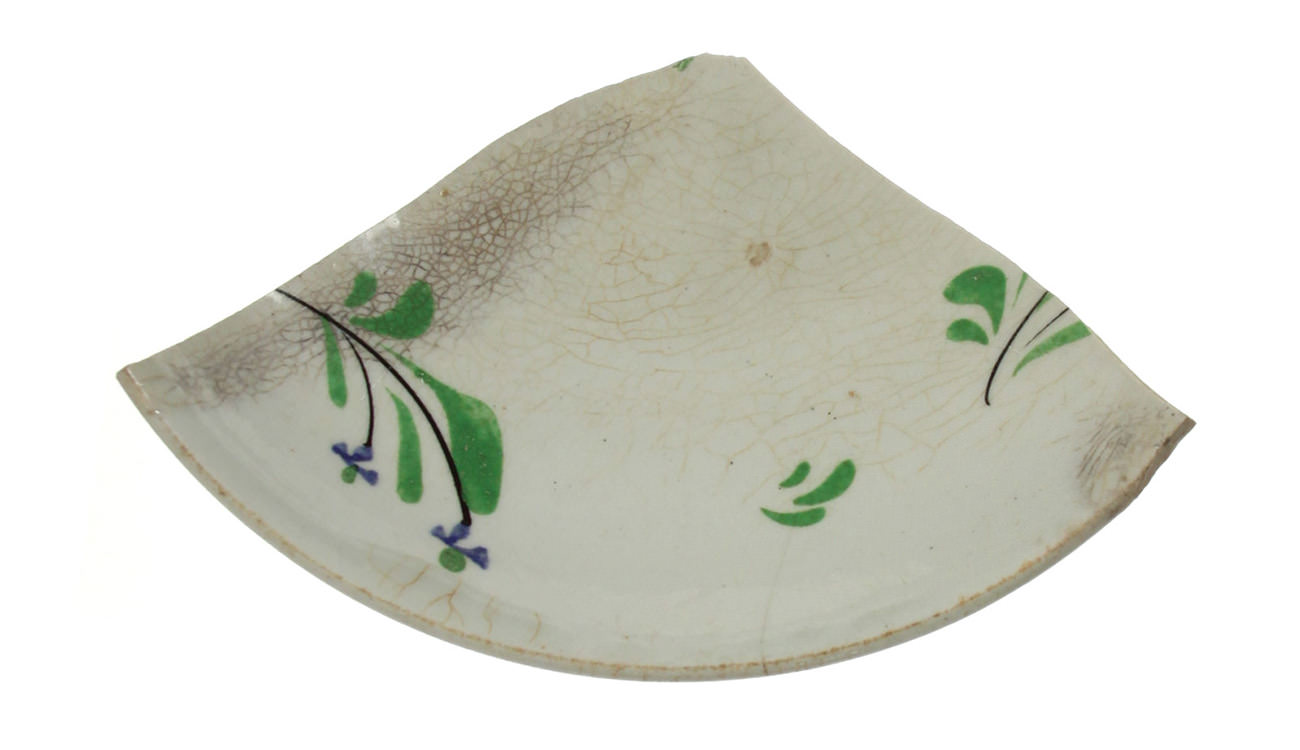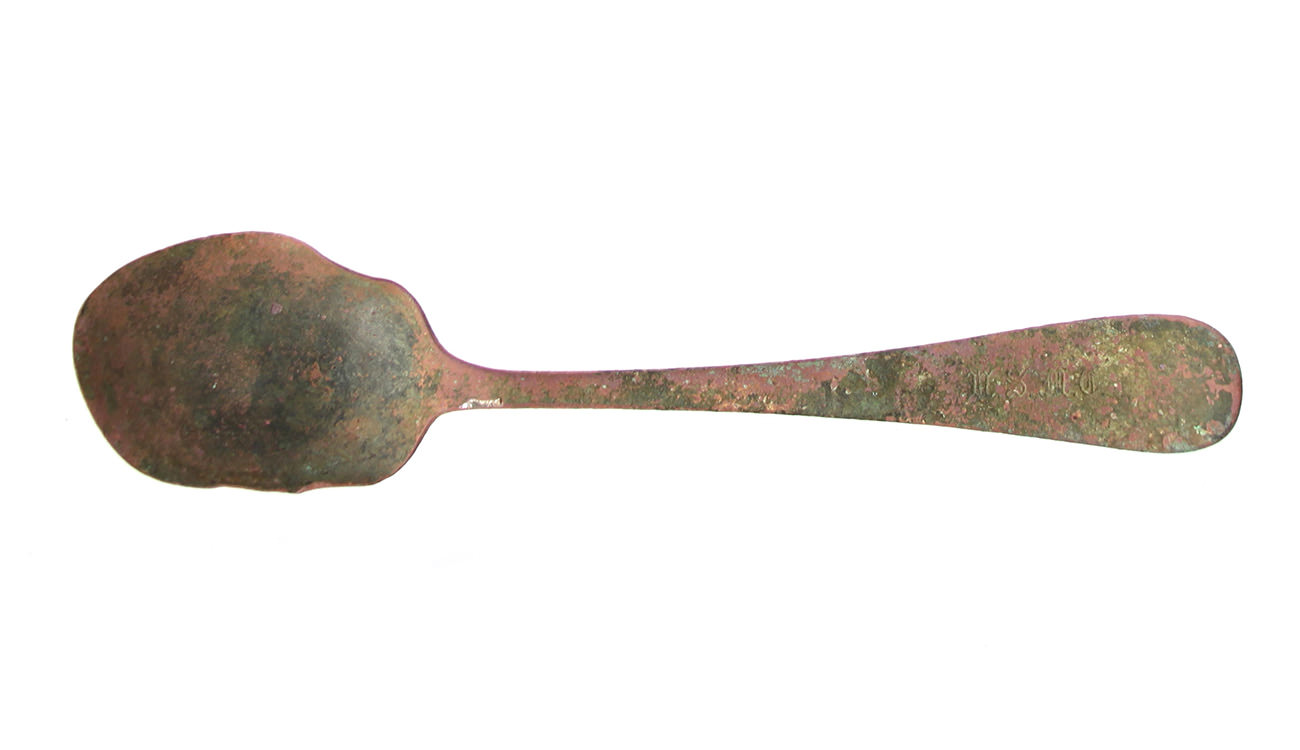Mitchelville's Consumers

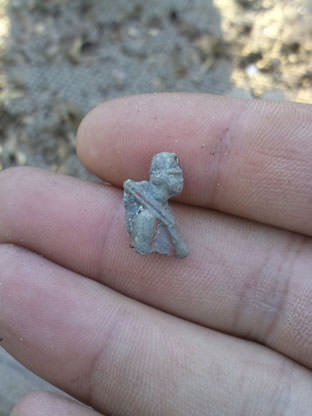
Although the Freedmen of Mitchelville were expected to provide for themselves, they could also receive government support. On July 8, 1863, General Quincy Gillmore issued General Orders No. 60 stating rations would be provided to women and men unable to work and not employed by the government. Rations included hard bread, hominy, soap, salt, and molasses. Tea, sugar, and bacon were issued once a week. An additional ration was issued for every three children below the age of fourteen. According to an 1865 estimate, approximately 200 individuals received government rations. We do not know if they lived in Mitchelville or across Hilton Head Island.
Shopping on Robber's Row
Mitchelville's residents could also purchase new consumer goods to suit their personal tastes and the needs of their families at four or five stores in the town or from sutlers who set up stores near the military encampment. A sutler was a civilian merchant who sold food and other goods to the army. Sutlers followed armies as they traveled or set up next to military camps like the encampment on Hilton Head Island. Sutlers sold their goods from the back of a wagon or a temporary tent. The sutler's at Hilton Head had a reputation for shady dealings; their line of shops was known as "Robbers Row."
These are some of the goods William G. Tackaberry and Henry A. Ely sold in their Mitchelville store:
Coffee pots, tea pots, pans, buckets, tin pie plates, sauce pans, spoons, fry pans, knives, egg whips, bread pans, corn square pans, shovels, tin plates, pails, brooms, tubs, wash boards, baskets, sieves, shirts, pants, suspenders, cloth (prints, gingham, flannel, cotton), cologne, pomade, spectacles, hair combs, silk belts, hair pins, pencils, necklaces, arm corsets, leather belts, thimbles, buttons, shoes laces, collars, condensed milk, hams, dried fruit, matches, flour, hominy, sugar, crackers, syrup, butter, lard, rice, coffee, soap.
Artifacts From Mitchelville
Many of these household and personal goods are indeed reflected by the thousands of artifacts archaeologists recovered during the 2013 excavations. The wide variety goods represented by the artifacts show us that Mitchelville's residents were able to earn a living, purchase the things they needed, and make a new world for themselves. Here are just a few of the kinds of objects archaeologists found:
Buckles, buttons, safety pins, scissors, shoe lace parts, shoe parts, thimbles, tin cans, flower pot, hoes, toys, tobacco pipes, beads, ink bottles, pencils, coins, pocket watch, eye glass lens, umbrella parts, bullets, nails, oil lamp parts, dishes, bottle glass, mirror glass, window glass, shutter hooks, pen nib, padlocks, perfume bottles, military buttons, and glass food containers.
“…necklaces of glass beads were the ornaments of many, while cheap dollar jewelry, of Connecticut manufacture, was also in demand."
New York Times, July 9, 1862


